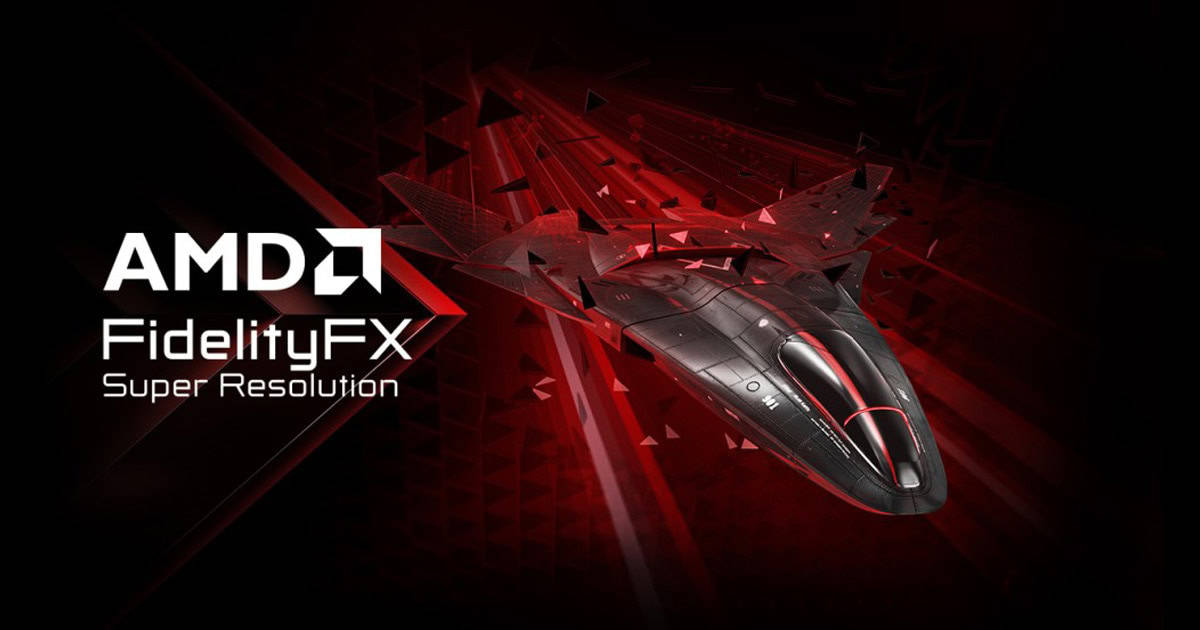AMD’s latest upscaling technology, FSR 4, promises significant improvements in graphics performance. FSR 4 will be exclusive to RDNA 4 GPUs, limiting its availability to AMD’s newest graphics cards. This restriction may disappoint some gamers but signals a leap forward in upscaling capabilities.
The new technology builds on FSR 3.1, using machine learning to enhance image quality and boost frame rates. AMD claims FSR 4 will offer better performance and visual fidelity compared to previous versions. This advancement could help AMD compete more effectively with NVIDIA’s DLSS technology.
Gamers interested in experiencing FSR 4 will need to purchase an RX 9070 series GPU. These cards, set to launch in Q1 2025, will showcase AMD’s RDNA 4 architecture. The exclusivity of FSR 4 to these new cards may drive upgrades for performance-hungry gamers.
AMD’s FSR 4: A New Era of Upscaling, But Not for Everyone
What is FSR 4?
FSR stands for FidelityFX Super Resolution. It’s AMD’s smart technology that makes games look amazing while running smoothly. Think of it like magic for your computer! FSR 4 is the newest version, and it’s even better than before. It uses the power of AI to make games look super sharp, even on a bigger screen.
Why is FSR 4 only for RDNA 4 GPUs?
AMD says that FSR 4 needs special hardware found only in RDNA 4 graphics cards. It’s like a key that only unlocks a specific door. They say this is the secret to making FSR 4 work so well.
What does this mean for gamers?
If you want to try out FSR 4, you’ll need to get a new RDNA 4 graphics card. This might be a bit of a bummer for people with older cards.
What are the benefits of FSR 4?
FSR 4 is designed to give you a better gaming experience. It can make games look smoother and more detailed. It can also help games run faster, which is great for action-packed games!
What are the drawbacks of FSR 4?
The biggest drawback is that not everyone can use it. You need a new AMD graphics card to try it out. Some people think this isn’t fair, but AMD says it’s the only way to make FSR 4 work its magic.
What do the experts think?
Some experts think FSR 4 is a great step forward for gaming technology. Others think AMD should make it work on more graphics cards. It’s still too early to say for sure, but FSR 4 is definitely shaking things up in the gaming world!
FSR 4 vs. DLSS
| Feature | FSR 4 | DLSS |
|---|---|---|
| Developer | AMD | NVIDIA |
| AI-Powered | Yes | Yes |
| Hardware Requirements | RDNA 4 GPUs | RTX GPUs |
| Open Source | Partially | No |
Key Takeaways
- FSR 4 uses machine learning to improve upscaling quality and performance
- The technology is exclusive to AMD’s RDNA 4 architecture GPUs
- RX 9070 series graphics cards will be the first to support FSR 4
AMD’s FSR 4 and RDNA 4 Architecture
AMD’s decision to limit FSR 4 to its newest graphics cards has sparked a debate in the gaming community. While some see it as a strategic move to encourage upgrades, others argue that it limits accessibility for a significant portion of gamers. This controversy highlights the ongoing tension between technological advancement and inclusivity in the gaming industry.
AMD’s latest graphics technology introduces significant advancements in upscaling and GPU architecture. FSR 4 brings machine learning capabilities to AMD’s upscaling solution, while RDNA 4 promises improved performance and efficiency.
Understanding FidelityFX Super Resolution 4
FSR 4 uses machine learning to enhance image quality and performance. This new version marks a shift from FSR 3’s temporal upscaling approach.
Key features of FSR 4:
- AI-driven upscaling
- Improved image quality
- Better performance in supported games
FSR 4 aims to compete with Nvidia’s DLSS technology. It uses dedicated AI accelerators in RDNA 4 GPUs to process complex algorithms quickly.
Exclusive Features for RDNA 4 Graphics Cards
RDNA 4 architecture brings several improvements over its predecessor. The Radeon RX 9070 series showcases these advancements.
RDNA 4 highlights:
- Enhanced ray-tracing capabilities
- Improved AI performance
- Better power efficiency
The RX 9070 XT and RX 9070 target the mid-range GPU market. They offer strong competition to Nvidia’s 40-series and 50-series cards.
Comparison with FSR 3.1 and Nvidia’s DLSS
FSR 4 builds upon FSR 3.1’s foundation while introducing new features. It aims to close the gap with Nvidia’s DLSS technology.
Differences between FSR 4 and FSR 3.1:
- Machine learning integration in FSR 4
- Exclusive availability on RDNA 4 GPUs
- Potential for higher image quality
FSR 4 requires RDNA 4 hardware for full functionality. This limitation may impact its adoption rate compared to more widely supported upscaling technologies.
Availability and Impact on Gaming
AMD’s FSR 4 technology brings significant changes to the gaming landscape, affecting hardware requirements and performance expectations. The limited availability to RDNA 4 GPUs creates both opportunities and challenges for gamers and content creators.
Games and Content Creation Support
AMD FSR 4 will be compatible with games that already support FSR 3.1. This requirement ensures a smooth transition for developers but may limit initial adoption.
Call of Duty: Black Ops 6 is set to be one of the first titles to showcase FSR 4 capabilities. The game’s support highlights the potential for enhanced visuals and performance in AAA titles.
Content creators using RDNA 4 GPUs will benefit from improved 4K upscaling. This feature could streamline workflows and enhance output quality for video editing and 3D rendering tasks.
Anticipated Performance in Upcoming Titles
FSR 4 promises significant improvements in both performance and visual quality. Gamers can expect smoother framerates at higher resolutions, particularly in demanding titles.
The RX 9070 XT and RX 9070 are poised to compete with NVIDIA’s RTX 4070 and 4070 Ti. These cards will likely offer comparable or superior performance in FSR 4-enabled games.
AMD’s frame generation technology is expected to see enhancements with FSR 4. This could lead to more stable framerates and reduced input lag in fast-paced games.
The Gaming Community’s Reception and Expectations
Gamers have expressed mixed reactions to FSR 4’s exclusivity to RDNA 4 GPUs. Some are excited about the potential performance gains, while others are concerned about hardware upgrade costs.
The community is eagerly awaiting performance figures and pricing details for the new GPUs. These factors will heavily influence adoption rates among enthusiasts and casual gamers alike.
Comparisons to NVIDIA’s DLSS technology are inevitable. Gamers are keen to see how FSR 4 stacks up in terms of image quality and performance overhead.







